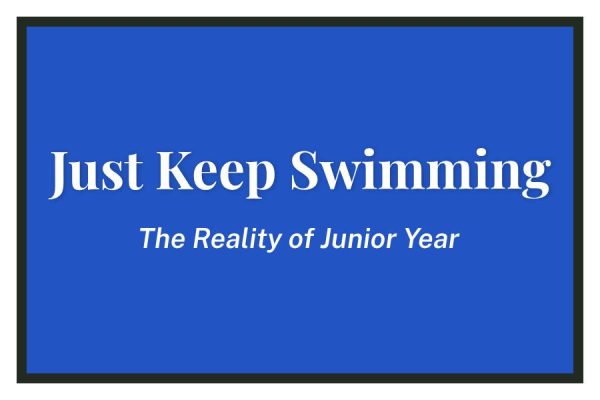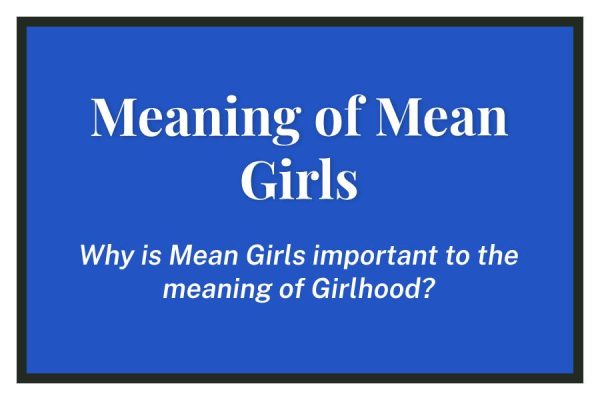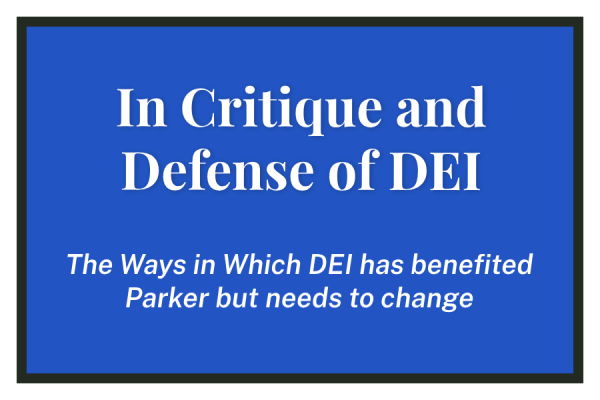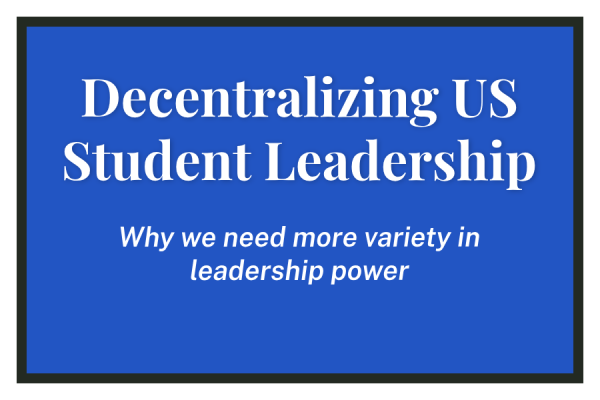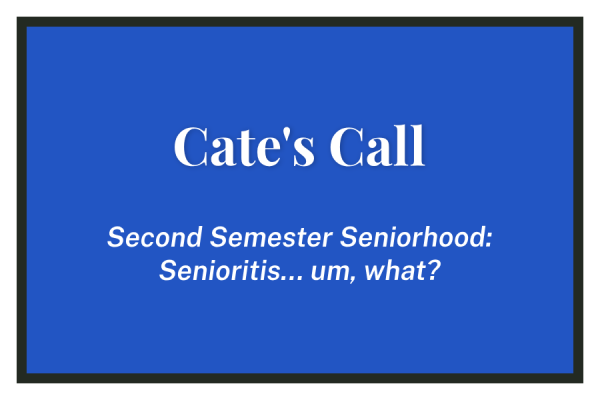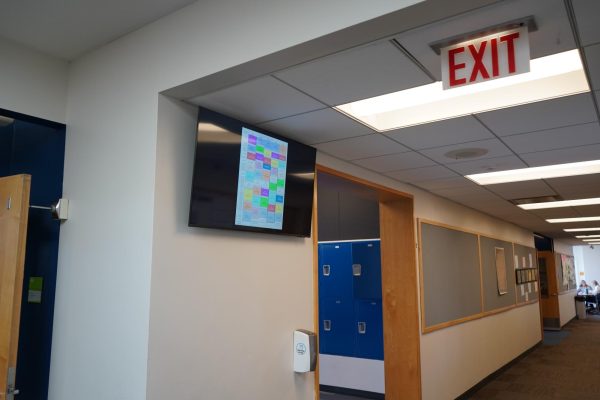Why We Should Take More Granny Shots
Exploring the “Threshold Models of Collective Behavior” and Parker
Over the summer, I listened to a fascinating episode of “This American Life” titled “Choosing Wrong.” It used NBA Hall-of-Famer Wilt Chamberlain as a case study to explain why we often intentionally make the wrong choices. The message seems to connect to Parker.
In an exhilarating 1962 game versus the New York Knicks, Chamberlain led the Philadelphia Warriors to victory by scoring 100 points — shattering the NBA record and setting one that still stands. His success at the line was critical to the feat. Though Chamberlain was known as an awful free throw shooter (his career percentage was around 50%, compared to the league average of 75%), that night he sank 28 out of his 32 foul shots.
The granny shot made all the difference. Chamberlain employed the unconventional, underhanded technique and he played, arguably, the best game of his life. He’d solved his weakness. He became unbeatable. Then, in the next season, he stopped using the granny shot. Predictably, his free throw percentage plummeted.
Chamberlain later wrote that he opted to shoot the traditional way because granny shots looked sort of ridiculous — they were embarrassing. That decision to switch, though, was objectively wrong. He knew that the granny shot made him an even better player. In fact, it would have improved many other basketball players. In 1978-79, Houston Rockets center Rick Barry, a proud granny shooter, had the highest free throw percentage in the league. If the technique was proven successful, why did hardly anyone adopt it?
The answer was offered by sociologist Mark Granovetter, who proposed the “Threshold Models of Collective Behavior” and argued that everyone has a “threshold,” a number of other people that have to do something so that someone else will too. In this case, Chamberlain had a high threshold — he only would have shot granny-style if many others also did, normalizing it — while Barry had a low one.
Thresholds hold us back from making the most logically advantageous decisions, and they seem to be especially applicable to life at Parker. With such a small student body, there’s an incentive to fit into the culture. Conformity, in most cases, is valued. The Rick Barrys would stick out like a sore thumb.
An example that comes to mind is the default choice of to-go containers in the lunch line, even when students eat in the cafeteria. The benefit of the reusable plates is clear: saving the environment. Yet, one day when I sat down to eat, ceramic plate in hand, I got a questioning look from some of my friends.
High thresholds often get in the way of the great opportunities granted by Parker. When I’ve had a burning question for the guest speaker at MX, I didn’t ask it. There’s not even a completely sound reason why — I just didn’t want to be one of a few high schoolers to do so. Of course, not everyone thinks this way. But for a lot of us, thresholds impact our choices ranging from which clubs we join to whether to raise your hand to vote for a popular student Government proposal that you don’t personally support.
At this point, I’ll admit, I play basketball and will probably keep shooting free throws the normal way. I’m not trying to be an NBA Hall-of-Famer, and a couple of extra points aren’t quite worth it to me. Sometimes, the “best” decision isn’t necessarily the right one.
Instead, I plan to go into my senior year with more of an open mind, looking to consider the possibilities of what could be rather than what is by habit. I hope to lower my threshold by pursuing what I’m passionate about, whether or not I’m the only one—and I encourage other students to do so as well. Whether you start shooting granny-style or try anything else, you’re bound to find success and fulfillment, or at least learn from a new experience.



